Introduction
Mohandas Karamchand Gandhi, widely known as Mahatma Gandhi, is one of the most revered figures in Indian and world history. A visionary, reformer, and spiritual leader, Gandhi spearheaded the Indian independence movement through a philosophy grounded in truth (Satya) and non-violence (Ahimsa). His life was a living testament to the power of peaceful resistance in the face of oppression, and his teachings continue to inspire civil rights movements across the globe. This article explores the life, work, principles, and legacy of Mahatma Gandhi in detail.
Early Life and Education
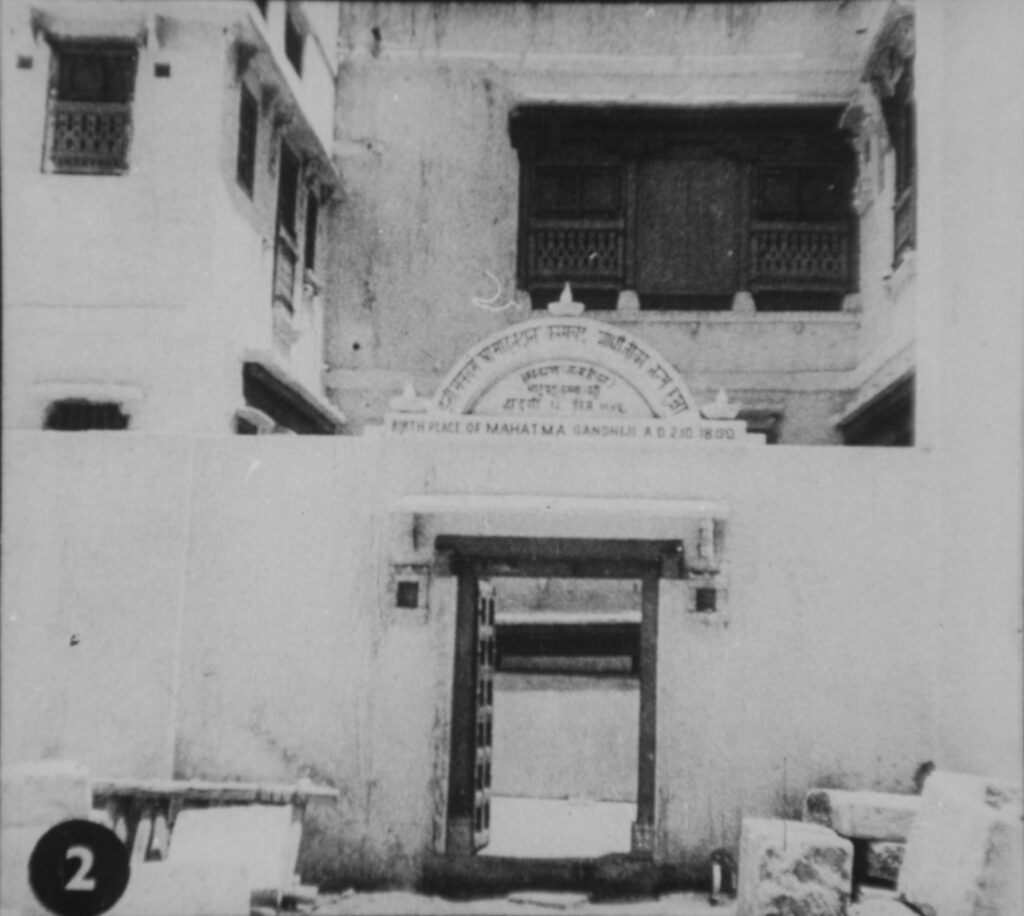
Mahatma Gandhi was born on October 2, 1869, in Porbandar, a coastal town in present-day Gujarat, India. His father, Karamchand Gandhi, was the Diwan (chief minister) of Porbandar, and his mother, Putlibai, was a deeply religious woman whose influence played a crucial role in shaping Gandhi’s spiritual and moral outlook.
Gandhi was an average student in school, known more for his honesty and integrity than academic brilliance. At the age of 13, he was married to Kasturba Makhanji, a union arranged by their families, which was typical of the time.
In 1888, Gandhi traveled to London to study law at the Inner Temple. During his time in Britain, he adopted many Western customs but remained committed to vegetarianism and simple living. He returned to India in 1891 and began practicing law in Bombay but struggled to establish himself.
Transformation in South Africa (1893–1915)

In 1893, Gandhi accepted a one-year contract to work in South Africa for a firm owned by a Muslim Indian. This move would mark a major turning point in his life. While in South Africa, Gandhi faced rampant racism and discrimination. One infamous incident, where he was thrown off a train for refusing to move from a first-class compartment reserved for whites, deeply affected him and awakened his social conscience.
Over the next 21 years, Gandhi became a leader of the Indian community in South Africa. He fought against oppressive laws using Satyagraha, his method of non-violent civil disobedience. He organized campaigns against unjust treatment of Indian immigrants, opposed a law requiring Indians to carry identification passes, and led successful protests that won rights for the Indian minority.
His experiences in South Africa shaped his philosophy of life and leadership, giving rise to his core principles: truth, non-violence, simplicity, self-discipline, and self-sufficiency.
Return to India and Entry into Politics (1915–1919)
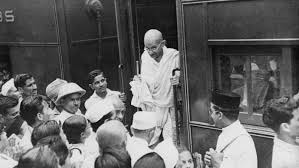
Gandhi returned to India in 1915, at the age of 45. By then, he was already well known for his activism in South Africa. Upon returning, he traveled across the country to understand the real conditions of the Indian masses. He was mentored by Gopal Krishna Gokhale, a senior leader of the Indian National Congress, who advised him to study Indian society before plunging into politics.
Gandhi’s first major political movement in India came in Champaran, Bihar, in 1917. He supported local farmers who were being forced by British landlords to grow indigo under exploitative conditions. His peaceful protest led to favorable reforms, marking the beginning of his journey as a mass leader.
The Non-Cooperation Movement (1920–1922)

The Jallianwala Bagh massacre in 1919, where hundreds of unarmed Indians were killed by British troops, shocked the nation. Gandhi responded by launching the Non-Cooperation Movement in 1920. He urged Indians to boycott British goods, schools, courts, and honors, encouraging them to rely on Swadeshi (indigenous goods) and promote Khadi (homespun cloth).
The movement attracted widespread participation but was abruptly suspended in 1922 after the Chauri Chaura incident, where a violent mob killed 22 policemen. Gandhi was deeply disturbed by the violence and called off the movement, reinforcing his commitment to non-violence.
Civil Disobedience and the Salt March (1930–1934)
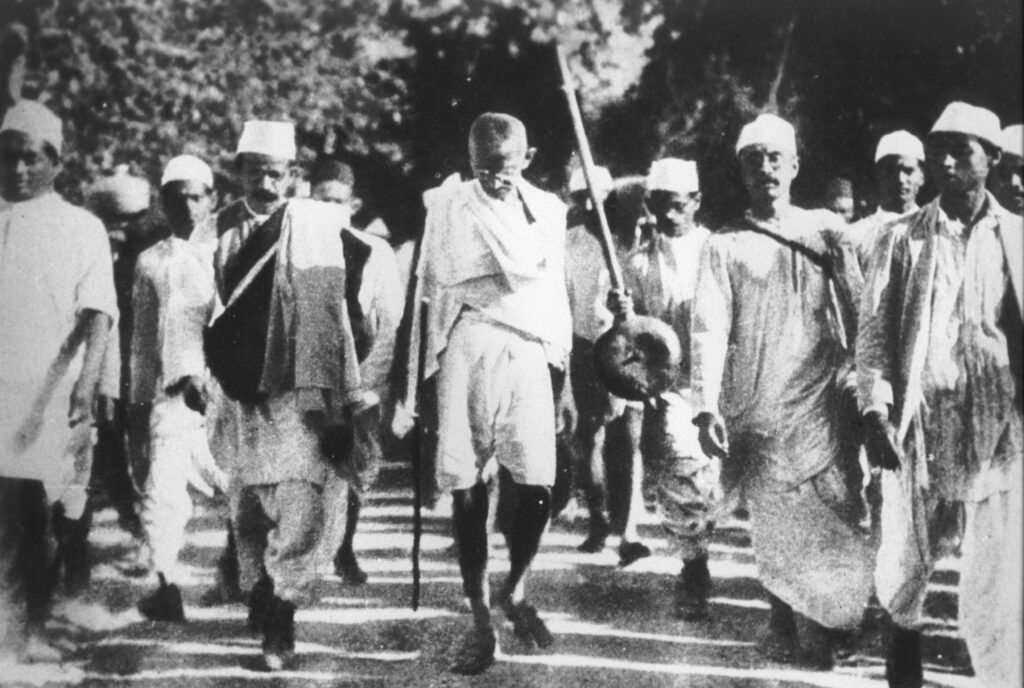
The next major phase of Gandhi’s struggle came with the Civil Disobedience Movement. In 1930, Gandhi launched a protest against the British salt monopoly. He undertook the famous Dandi March, a 240-mile journey from Sabarmati Ashram to Dandi, to make salt from the sea.
The act of making salt was symbolic but powerful, as it challenged British authority in a simple yet profound way. The movement saw mass participation and led to widespread arrests, including Gandhi himself. The protest brought international attention to the Indian independence struggle.
The Quit India Movement (1942)
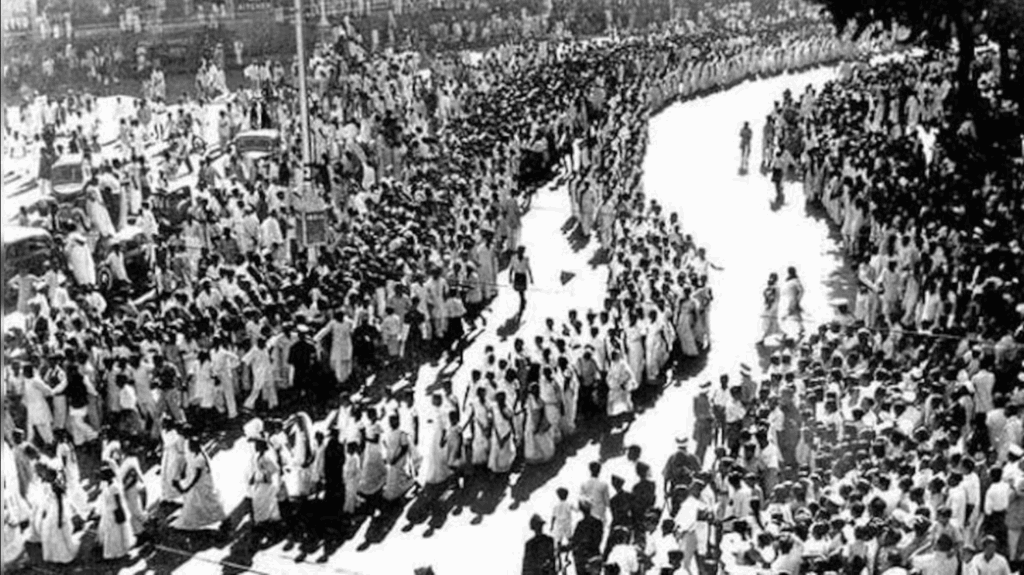
During World War II, Gandhi launched his most direct challenge to British rule—the Quit India Movement in 1942. The movement called for the immediate withdrawal of British forces from India. In his famous speech, Gandhi declared, “Do or Die”, urging Indians to fight for complete independence.
The British responded with mass arrests, including Gandhi and many top Congress leaders. Despite being leaderless, the movement spread rapidly. Although it was brutally suppressed, it marked a decisive point in the independence struggle.
Role in Social Reform
Beyond politics, Gandhi worked tirelessly for social reform. He opposed the caste system and fought against untouchability, referring to untouchables as Harijans (children of God). He promoted the education and upliftment of marginalized communities and emphasized women’s empowerment.
He also believed in Sarvodaya—the welfare of all—and stressed the importance of rural development, sanitation, education, and self-reliant villages. His emphasis on simple living, vegetarianism, and spiritual discipline made him a moral force for millions.
Partition and Independence
India finally gained independence on August 15, 1947. However, Gandhi was deeply pained by the partition of the country into India and Pakistan, which led to communal riots and the displacement of millions.
While others celebrated independence, Gandhi fasted and traveled to riot-hit areas to promote peace and unity. His presence in Noakhali (Bengal) and Delhi helped calm tensions during some of the most violent days of partition.
Assassination and Death
On January 30, 1948, Mahatma Gandhi was assassinated in New Delhi by Nathuram Godse, a Hindu nationalist who opposed Gandhi’s perceived appeasement of Muslims. Gandhi died with the words “Hey Ram” on his lips.
His death shocked the world and left a deep void in Indian society. Millions mourned the loss of a man who had become the soul of the nation.
Philosophy and Principles
1. Ahimsa (Non-Violence):
The cornerstone of Gandhi’s philosophy. He believed that true strength lies in non-violence and that it is the most powerful weapon available to oppressed people.
2. Satyagraha (Truth Force):
Satyagraha was Gandhi’s method of civil resistance. It required moral courage, discipline, and faith in truth and justice.
3. Swadeshi (Self-Sufficiency):
Gandhi advocated for economic self-reliance. He promoted Khadi and local industries to empower rural India.
4. Simplicity and Minimalism:
He lived a life of simplicity, wore basic clothes, and practiced what he preached.
5. Religious Tolerance:
Gandhi believed all religions preached love and unity. He often quoted scriptures from Hinduism, Islam, Christianity, and other faiths.
Legacy and Global Influence
Mahatma Gandhi’s impact extended far beyond India. His philosophy of non-violent resistance inspired leaders such as:
- Martin Luther King Jr. in the American civil rights movement.
- Nelson Mandela in the struggle against apartheid in South Africa.
- Aung San Suu Kyi in Myanmar’s pro-democracy movement.
In India, he is remembered as the Father of the Nation. His birthday, October 2, is celebrated as Gandhi Jayanti and observed as the International Day of Non-Violence by the United Nations.
His life and message continue to be studied in schools, universities, and movements advocating for peace and justice around the world.
Conclusion
Mahatma Gandhi was not just a freedom fighter but a spiritual and moral leader whose life was his message. Through his unwavering commitment to truth, non-violence, and justice, he led one of the most remarkable freedom struggles in history. Even decades after his death, his ideals remain a beacon of hope for those seeking peaceful change.
Gandhi once said, “Be the change you wish to see in the world.” His life remains a powerful example of how courage, compassion, and conviction can bring about revolutionary change without violence.










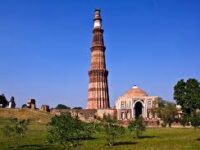


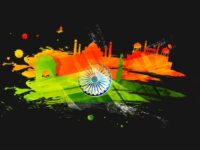
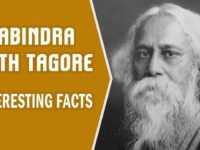
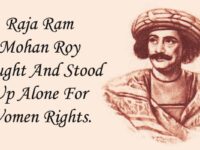





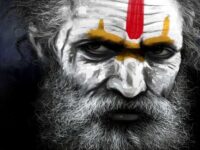

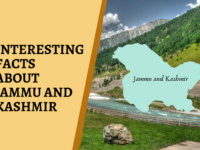




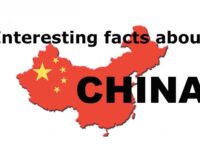
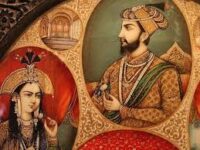
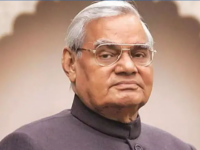









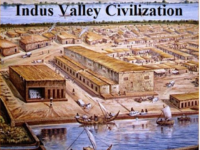









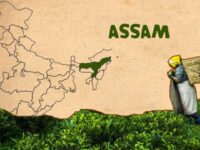

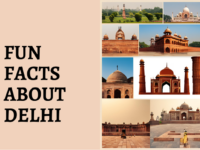



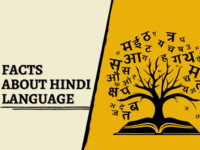








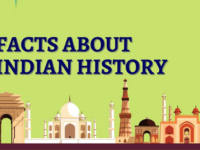



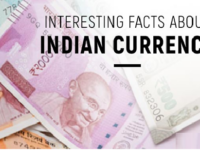
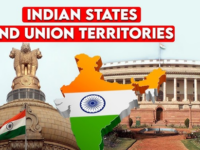




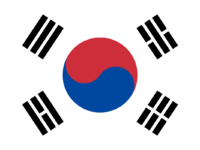


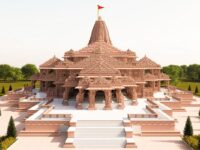








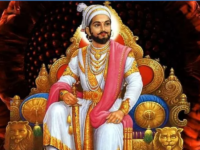
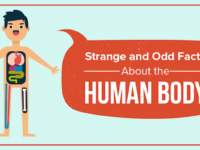













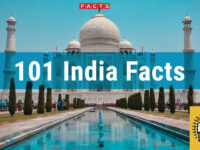
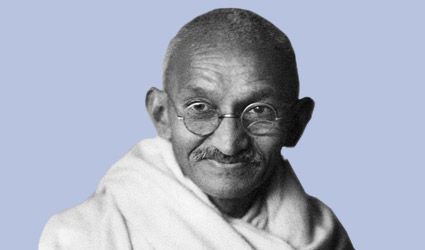
0 Comments